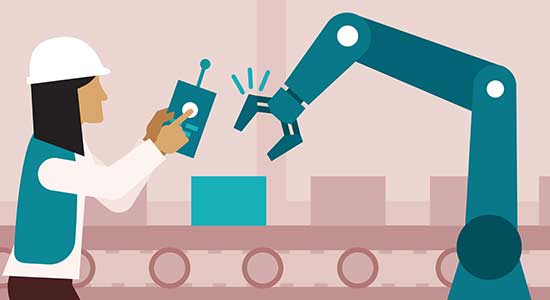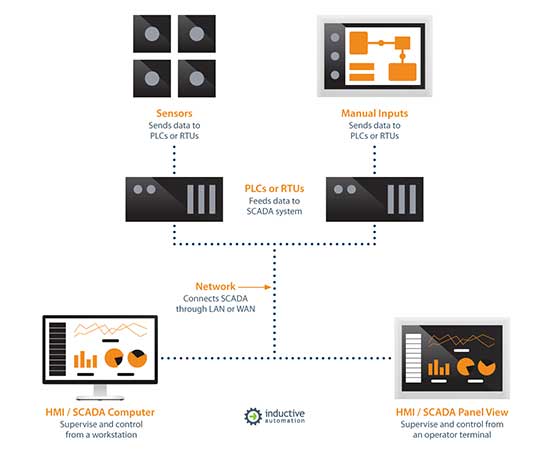HMI
Facilitating transparency of information between humans and machines.
Human machine interface (HMI) products feature the necessary electronics to control and signal various types of automation equipment in an industrial setting. HMI products range from simplistic designs with basic LED indicator screens to more complex HMI systems with a touch screen and other features. HMI systems must be robust and able to withstand harsh environments. They should be resistant to dust, water, moisture, extreme temperatures (hot or cold), and in some cases, even exposure to harsh chemicals.
There are numerous benefits to installing an HMI system in a plant or facility. Below are just a few…

As you can see, adding a human machine interface can benefit a facility in operation, safety and productivity.








